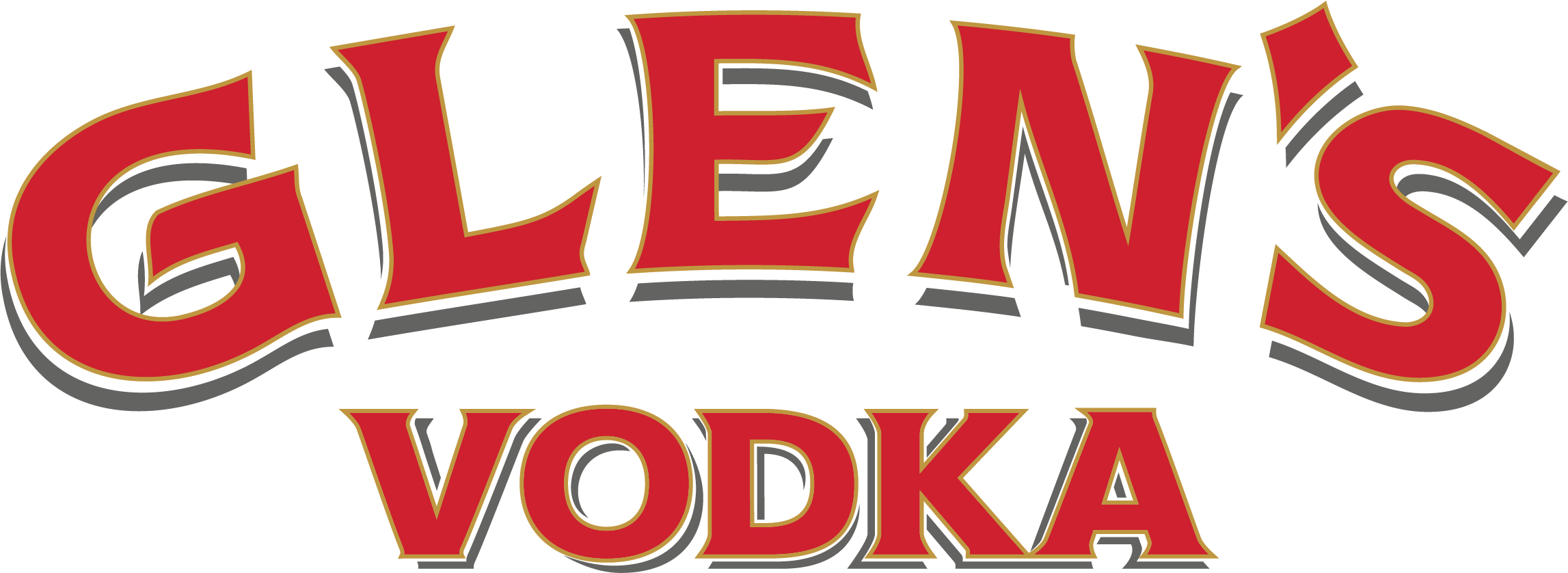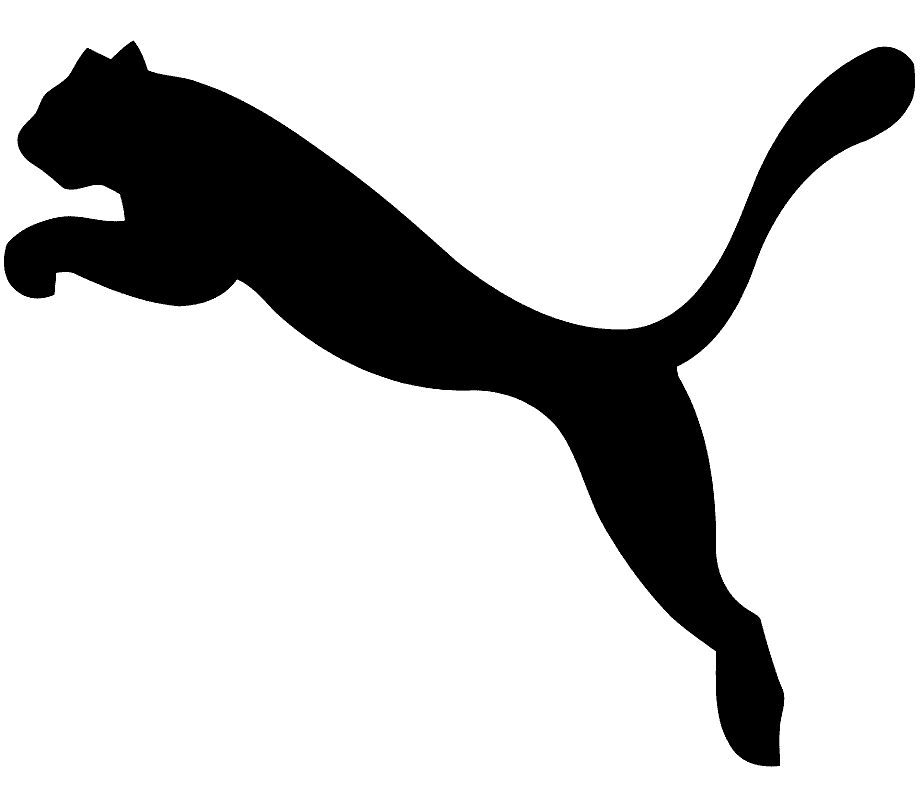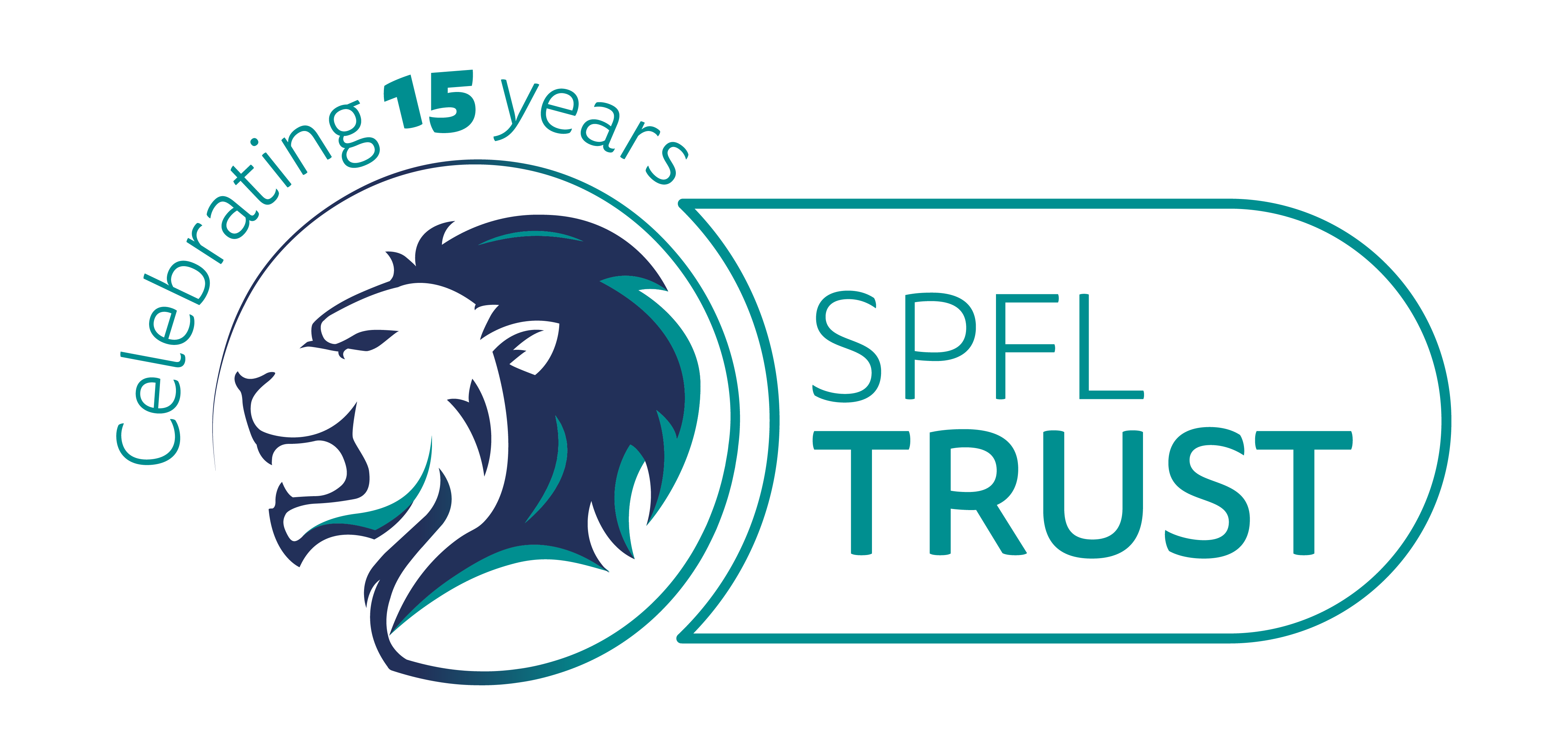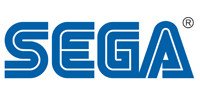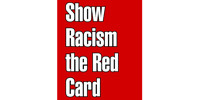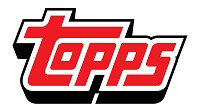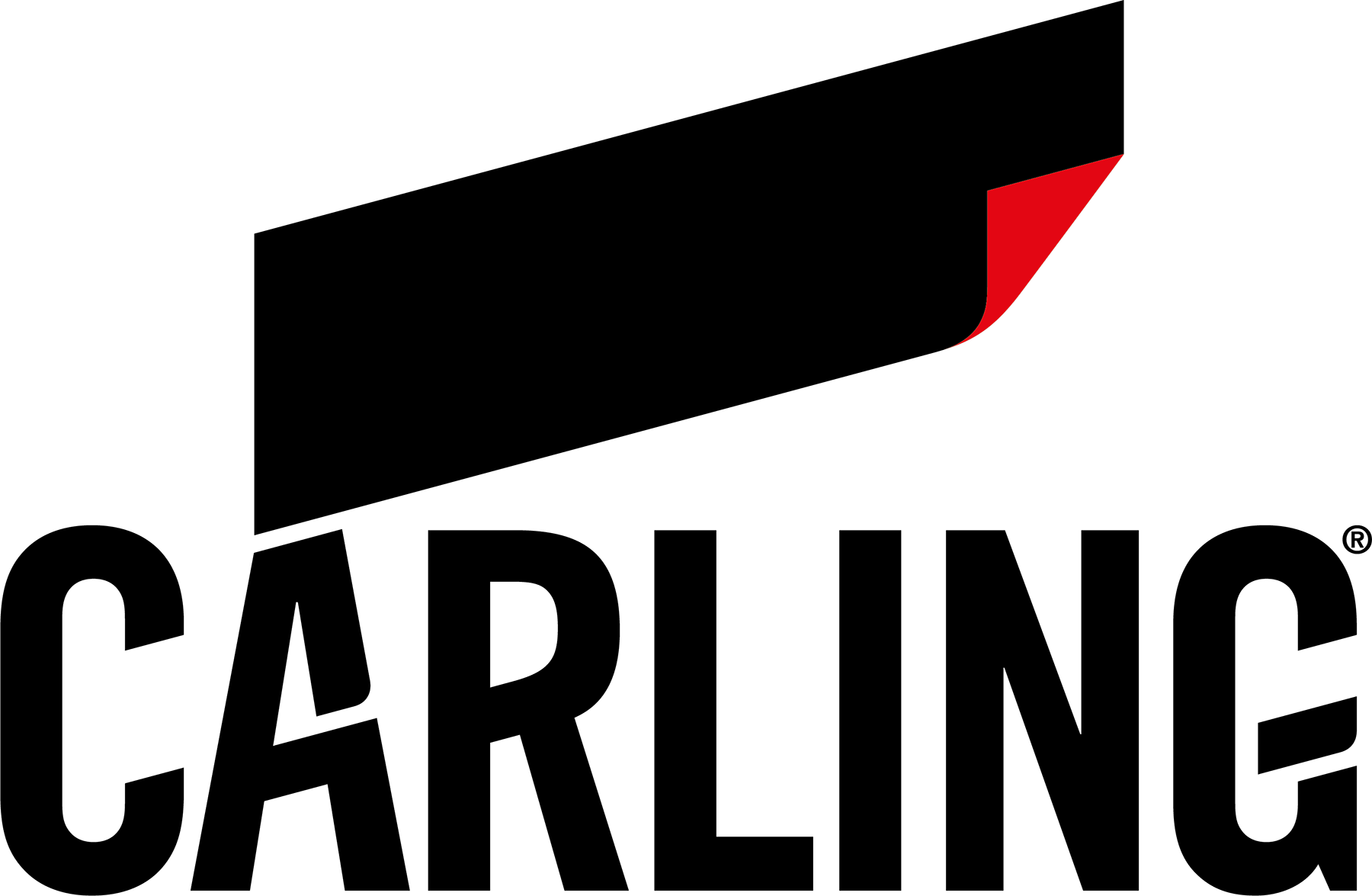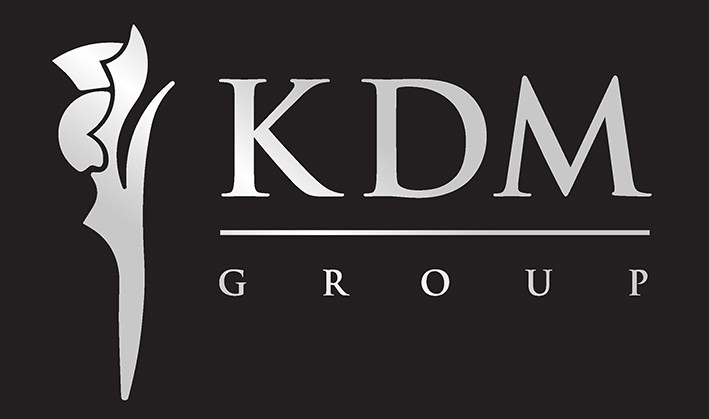The noughties were a great time to be a Hibernian fan. Over the course of the decade, the team won the League Cup and recorded some of their best-ever league finishes.
Much of that success can be traced right back to the start of the decade, to season 2000-01, when Alex McLeish’s Easter Road revolution started to bear fruit.
McLeish had taken over as manager in early 1998 and, despite being unable to save them from relegation in his first season, he led them straight back to the top flight at the first time of asking.
The following season they consolidated their position in the SPL, finishing in sixth place.
With the 2000-01 season on the horizon, the club announced a major change to the design of their badge. The old crest - a white football on a green oval background with the club’s name emblazoned on a green and white sash across the middle - was replaced by a new badge which was said to represent the club’s diverse heritage. Alongside an image of an Irish harp was a depiction of a ship, representing Leith, and a representation of Edinburgh Castle, all encased in a circular background.
But while the badge was new, the kit took on a retro, minimalist design which harked back to the 1960s and ‘70s. It was manufactured by Le Coq Sportif and was sponsored by Danish lager company Carlsberg.
Hibs started the season absolutely flying. After drawing 0-0 with Hearts at Tynecastle on the opening day, they won their next six games in a row, scoring 15 goals and conceding just two.
It was a spell that was notable for an extraordinary cameo from French forward Didier Agathe. The pacy front man had been snapped up on a short-term deal after impressing at Raith Rovers the previous season. He made just six appearances for Hibs, scoring successive doubles in games against Dundee United and Dundee. The latter included an unbelievable solo goal in a 5-1 win, during which he ran from his own half, beating five defenders and evading several attempts to bring him down, before slotting the ball into the corner of the net with the outside of his boot.
Less than a month after making his debut he was snapped up by Celtic manager Martin O’Neill for just £27,000. The Irishman immediately converted him from a striker to a wing-back and he quickly became one of the most important players in that famous, all-conquering Celtic side.
While Agathe’s time at Easter Road was short lived, others were in it for the long haul. Franck Sauzee, Russell Latapy and Mixu Paatelainen had signed for McLeish when the club was in the First Division and, by 2000-01, they were well on the way to becoming club legends.
It was a side crammed full of experience. The overwhelming majority of the squad were in their 30th year or above, including Gary Smith, Mathias Jack, Paul Fenwick, John O’Neil, Dirk Lehmann, Freddy Arpinon, David Zitelli and Martin McIntosh, as well as Sauzee, Paatelainen and Latapy. However, McLeish still peppered his side with youth, establishing 19-year-olds Ian Murray and Tam McManus as first-team regulars, while handing a debut to 17-year-old striker Garry O’Connor.
A first defeat of the season in September - a 3-0 reverse at Celtic Park - failed to derail them, and they embarked on another great run, winning six and drawing two of their next eight games. It was a sequence that included a 1-0 win over Rangers at Easter Road, followed just seven days later by a famous 6-2 thrashing of Hearts which included a brilliant hat-trick from Paatelainen. By Christmas Day, Hibs were second in the table, two points ahead of Rangers, having lost just three of their 22 matches.
If anyone expected the bubble to burst in the new year they were wrong. From January, they went on another unbeaten run, this time 10 matches in all competitions, and by mid-March they were still very much in the hunt for second, sitting in third place just three points behind Dick Advocaat’s side.
As spring arrived the team finally started to show signs of fatigue. Having lost only three games all season, they lost three in a row in March, and further defeats to both Rangers and Celtic before the end of the season saw the prospect of a second-place finish slip away. Nevertheless, they sat a massive 12 points ahead of fourth-placed Kilmarnock by the time the league drew to a close in May.
There was one last hurrah left before the season concluded - a Scottish Cup final against Celtic at Hampden Park. There was to be no joy on this occasion as they went down 3-0, but a third-place finish and a Scottish Cup final was great reward for a hugely successful season, and one of the most exciting Hibees teams for a generation.
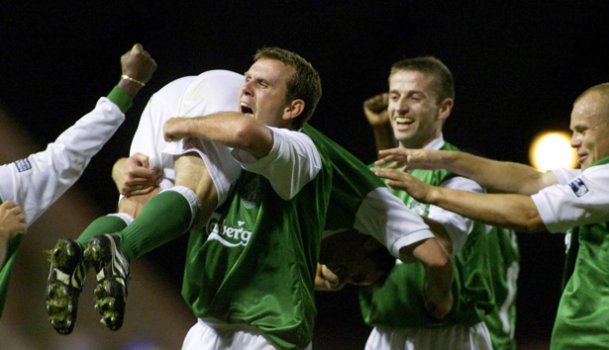


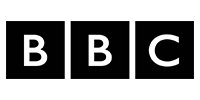
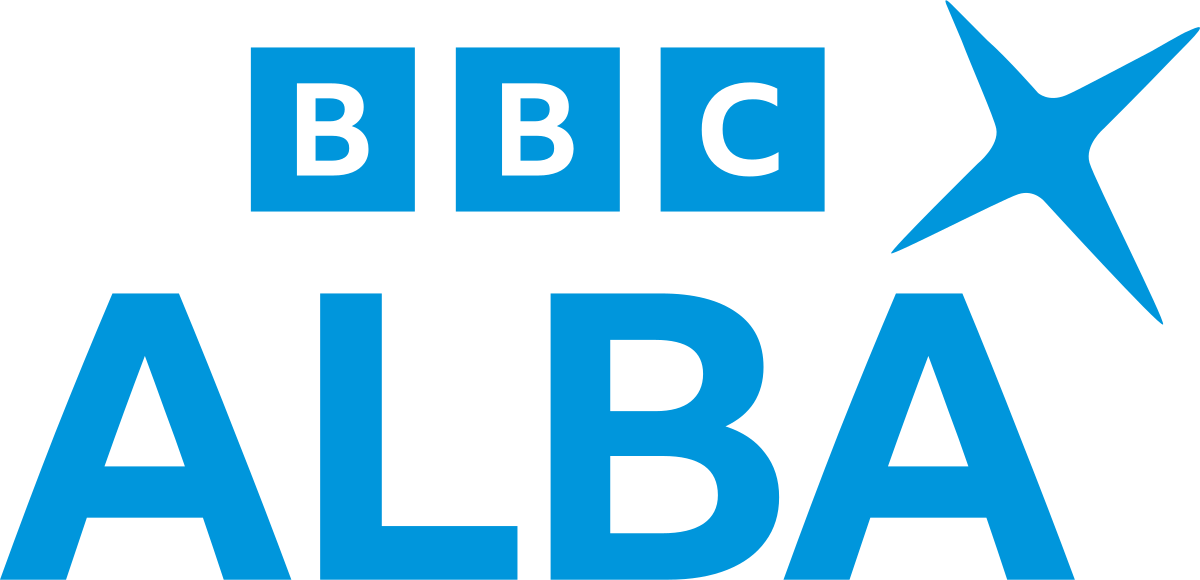
.png)
